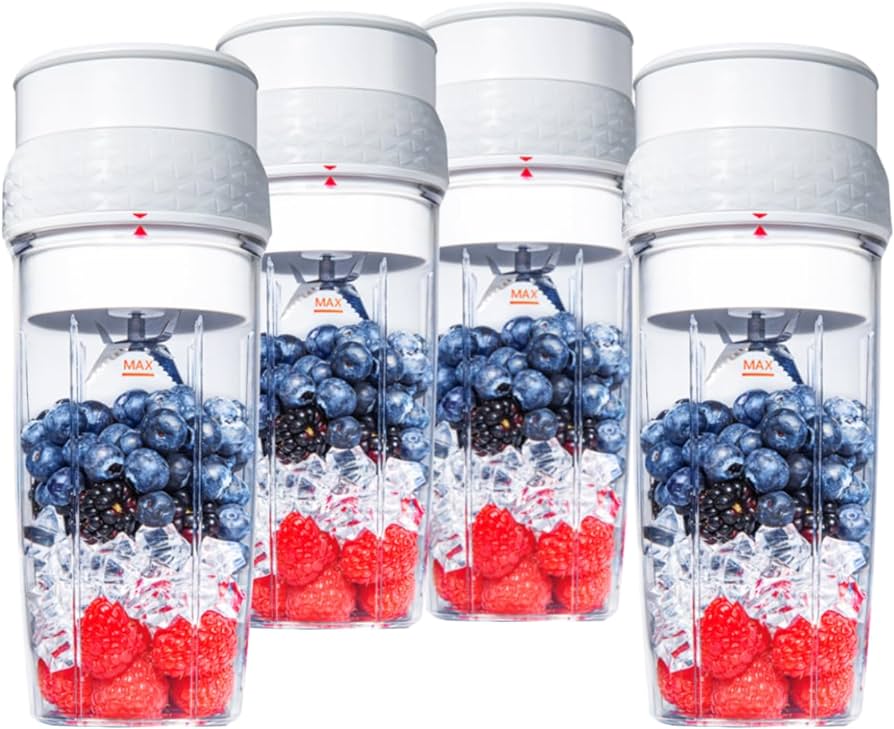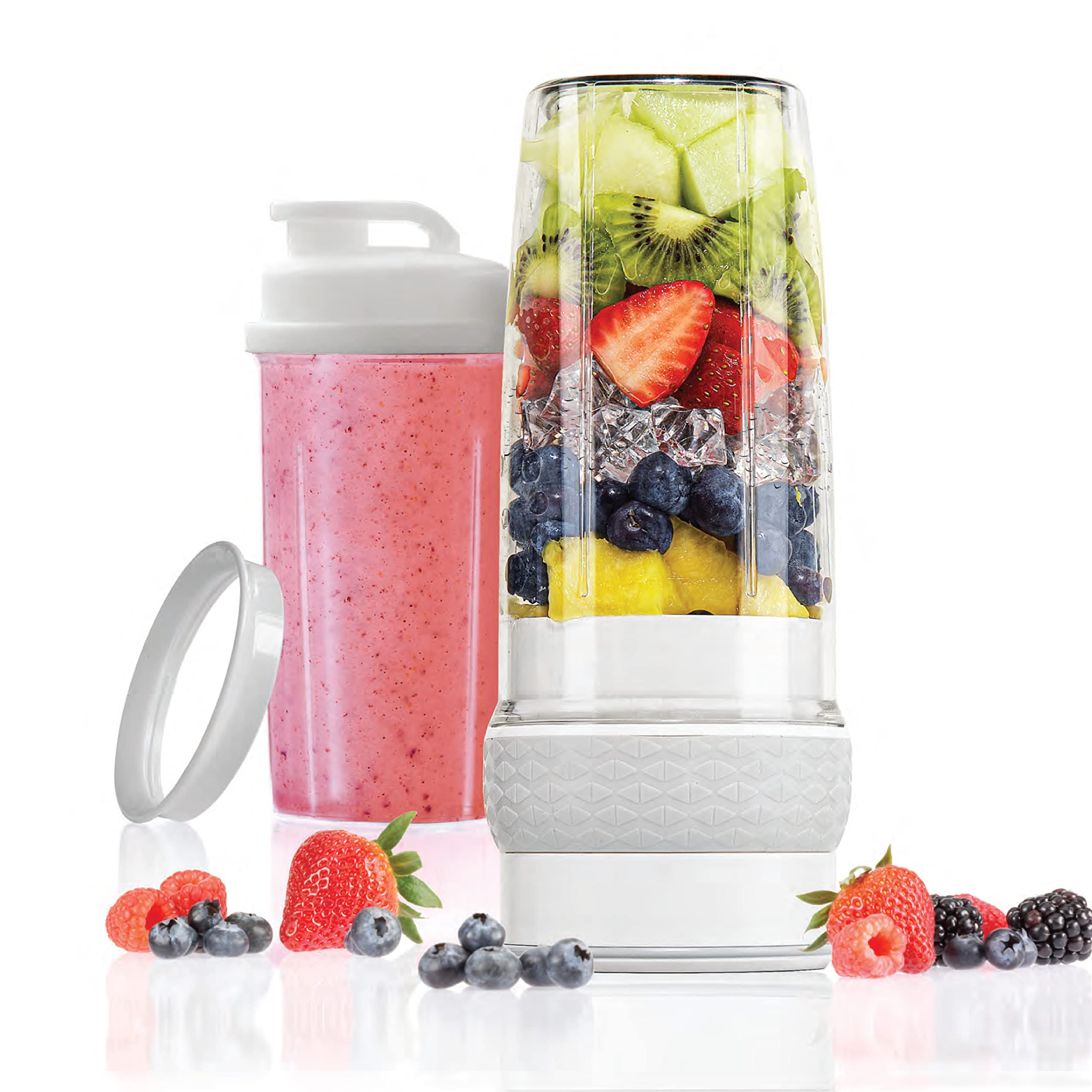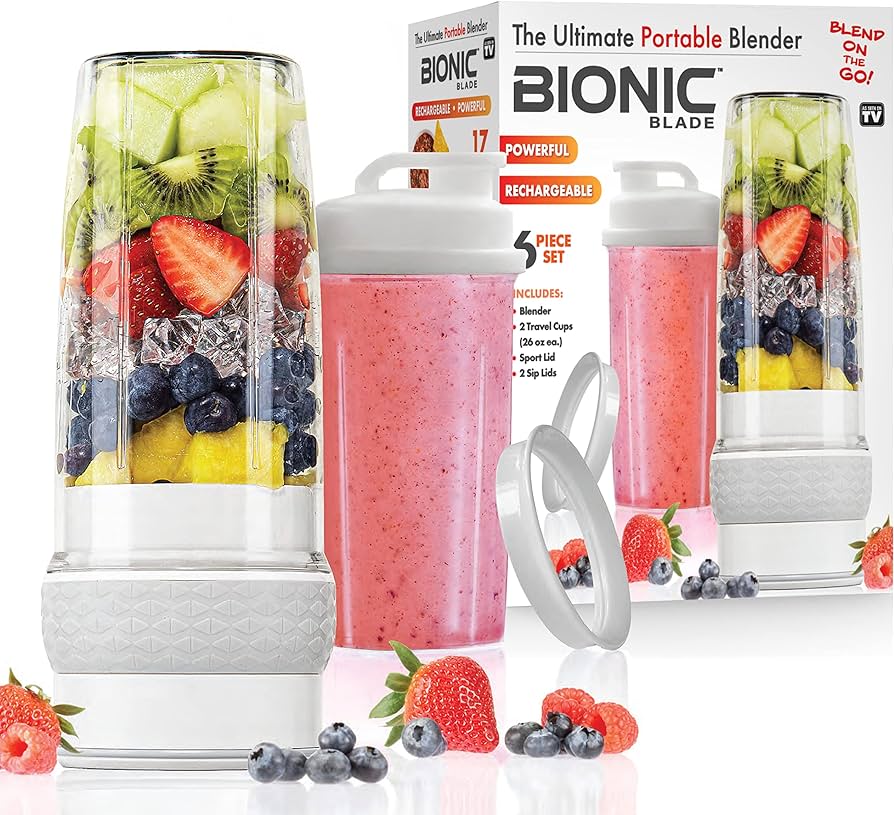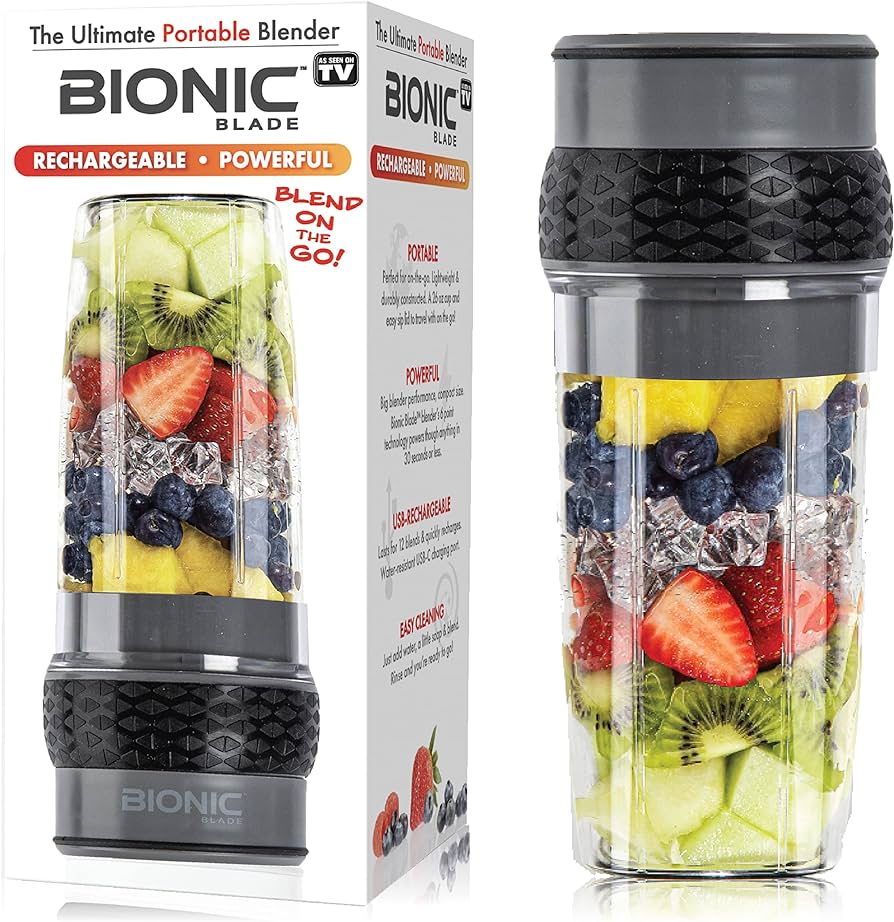
Introduction
The Bionic Blender is a versatile and efficient kitchen appliance designed to simplify your food preparation tasks. Whether you’re blending smoothies, creating sauces, or crushing ice, understanding how to use the Bionic Blender properly will enhance your blending experience. In this article, we will provide specific and detailed instructions on how to use a Bionic Blender effectively, allowing you to unlock its full potential and achieve fantastic blending results.

How do you use a bionic blender?
I. Familiarizing Yourself with the Components
Understanding the Blender Components:
- Take a moment to familiarize yourself with the various parts of the Bionic Blender. These typically include the base unit, blender jar, lid, blade assembly, and control panel. Refer to the user manual provided by the manufacturer for specific details on your blender model.
II. Preparing the Blender for Use
-
Choosing the Right Location:
- Select a sturdy and flat surface in your kitchen to place the Bionic Blender. Ensure that it is near an electrical outlet for easy access.
-
Assembling the Blades and Jar:
- Prior to use, assemble the blade assembly onto the blender jar. Place the blade assembly securely onto the jar, ensuring it is properly aligned with the jar’s bottom.

III. Adding Ingredients and Liquid in the Blender Jar
-
Check the Capacity:
- Ensure that the amount of ingredients you plan to blend does not exceed the maximum capacity recommended by the manufacturer. Overfilling the blender jar can hinder proper blending and lead to spillage.
-
Add Ingredients:
- Place the desired ingredients into the blender jar. This can include fruits, vegetables, liquids, or any other ingredients specified by your recipe.
-
Adding Liquid:
- To aid in the blending process, it is recommended to add a sufficient amount of liquid, such as water, milk, juice, or any other liquid suitable for your recipe. The specific amount of liquid required will depend on the recipe and desired consistency.
IV. Lid Placement and Safety Precautions
-
Securing the Lid:
- Place the lid securely onto the blender jar, ensuring it is properly locked in place. The lid should have a rubber gasket or seal to prevent leaks during blending.
-
Safety Lock Features:
- Many Bionic Blender models have safety lock features. Make sure the lid is correctly aligned with the blender jar and the safety lock is engaged before operating the blender. This prevents the blender from starting unless all components are correctly assembled.
-
Holding the Lid:
- For added safety, it is recommended to hold the lid firmly while operating the blender. This ensures that the lid remains in place and prevents any accidental opening or splattering of contents.

V. Operating the Bionic Blender
-
Selecting Blending Modes or Speeds:
- Depending on your blender model, choose the appropriate blending mode or speed setting for your desired result. Settings may include options for ice crushing, smoothies, sauces, or manual speed control.
-
Starting the Blender:
- Once you have selected the desired blending mode or speed, press the power button or start button to begin blending. The blender will initiate the blending process.
-
Monitoring the Blending Process:
- Keep an eye on the blending process to ensure that the ingredients are being properly blended. Depending on your recipe and desired consistency, you may need to adjust the blending time or speed.
-
Utilizing Pulse Mode:
- Many Bionic Blenders feature a pulse mode that allows for quick bursts of blending power. Use the pulse mode for precise blending control, especially when dealing with ingredients that require shorter blending durations or a coarse texture.
VI. Adjusting Speeds and Durations
-
Increasing or Decreasing Speed:
- Some recipes may require adjustments to the blending speed during the process. Most Bionic Blenders offer speed control options that allow you to increase or decrease the blending speed as needed.
-
Blending Duration:
- The duration of the blending process will depend on the specific recipe and desired consistency. Follow the instructions provided in your recipe, or use your judgment based on the desired outcome.

VII. Pausing and Scraping Down the Sides
-
Pausing the Blender:
- If needed, pause the blender during the blending process to check the consistency or scrape down the sides of the blender jar. This ensures that all ingredients are evenly blended.
-
Scraping Down the Sides:
- Use a spatula or spoon to scrape down the sides of the blender jar, especially if any ingredients have stuck to the sides. This helps incorporate any particles that may not have been fully blended.
VIII. Testing and Adjusting Consistency
-
Testing the Blend:
- After the initial blending process, stop the blender and carefully remove the lid. Test the blend’s consistency by observing its texture, smoothness, and taste.
-
Adjusting the Blend:
- If the blend is too thick, add small amounts of liquid and blend again until you reach the desired consistency.
IX. Safety Precautions and Cleaning
-
Unplugging the Blender:
- Once you have finished using the Bionic Blender, unplug it from the power source for safety.
-
Cleaning the Blender:
- Refer to the manufacturer’s instructions and our separate guide on how to clean a Bionic Blender effectively. Proper cleaning ensures hygiene, longevity, and optimal performance.
XI. Tips for Getting the Best Results
-
Start with Liquid:
- When blending, it is often helpful to start with the liquid ingredients at the bottom of the blender jar. This allows for easier blending and smoother results.
-
Gradually Add Ingredients:
- For better blending and to prevent overloading the blender, gradually add solid ingredients to the blender jar. This ensures that everything is evenly blended and prevents the motor from straining.
-
Blend in Batches:
- If your recipe requires blending a large quantity of ingredients, it may be necessary to blend in batches. Overfilling the blender jar can hinder the blending process and result in an inconsistent blend.
-
Use the Pulse Function for Control:
- The pulse function on the Bionic Blender provides short bursts of blending power, allowing for precise control over the texture of your blend. Utilize this function when you need to create a coarse texture or incorporate mix-ins, such as nuts or chocolate chips.
-
Avoid Over-Blending:
- Be mindful not to over-blend your ingredients as this can result in a loss of texture or flavor. Stop the blending process once you achieve the desired consistency, taste, and texture.
-
Blend with Care:
- While the Bionic Blender is a powerful appliance, it is essential to handle it with care. Avoid excessive force or aggressive movements while operating the blender to prevent damage to the blades or motor.
XII. Common Troubleshooting Tips
-
Blender Not Starting:
- If the blender does not start when the power button is pressed, ensure that all components are securely assembled, including the lid and safety lock. Check that the power cord is properly plugged into an electrical outlet.
-
Food Not Blending Properly:
- If your ingredients are not blending evenly or there are large chunks remaining, stop the blending process and scrape down the sides of the blender jar. Adjust the speed or blending time if necessary.
-
Unusual Noises or Vibrations:
- If you encounter unusual noises or excessive vibrations during blending, stop the blender immediately.

X. Conclusion: Mastering the Art of Blending
By following these specific instructions and guidelines, you can effectively utilize your Bionic Blender and achieve fantastic blending results in your culinary endeavors. Remember to read the user manual provided by the manufacturer for model-specific instructions and safety precautions.
From assembling the blender and adding ingredients to utilizing different speeds and monitoring the blending process, you now have the knowledge to make the most of your Bionic Blender. Embrace creativity, experiment with recipes, and enjoy the convenience and versatility of this innovative kitchen appliance.